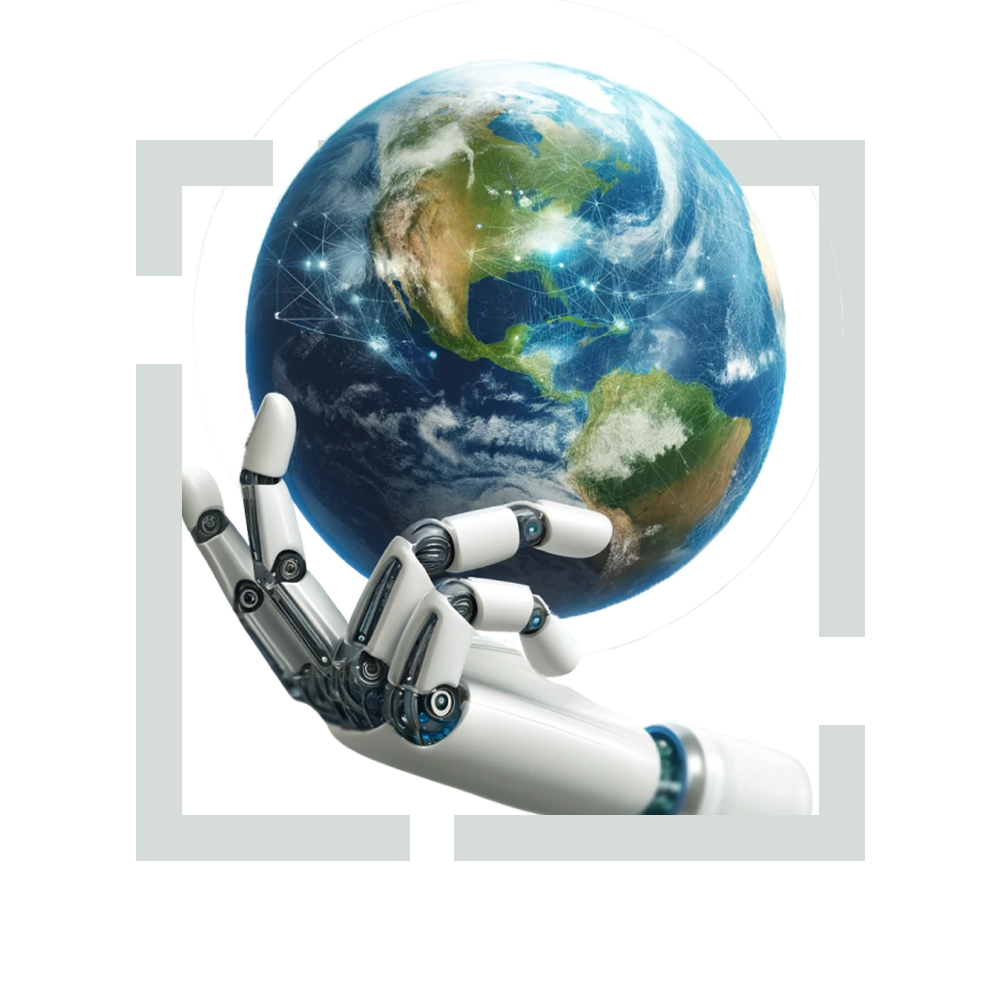State and local government
GeoAI is speeding up how organizations extract information, identify patterns, and determine changes in big data. An intelligence organization can support its activity-based intelligence efforts by automating how they analyze information related to events, entities, surveillance video, and remotely sensed data.


